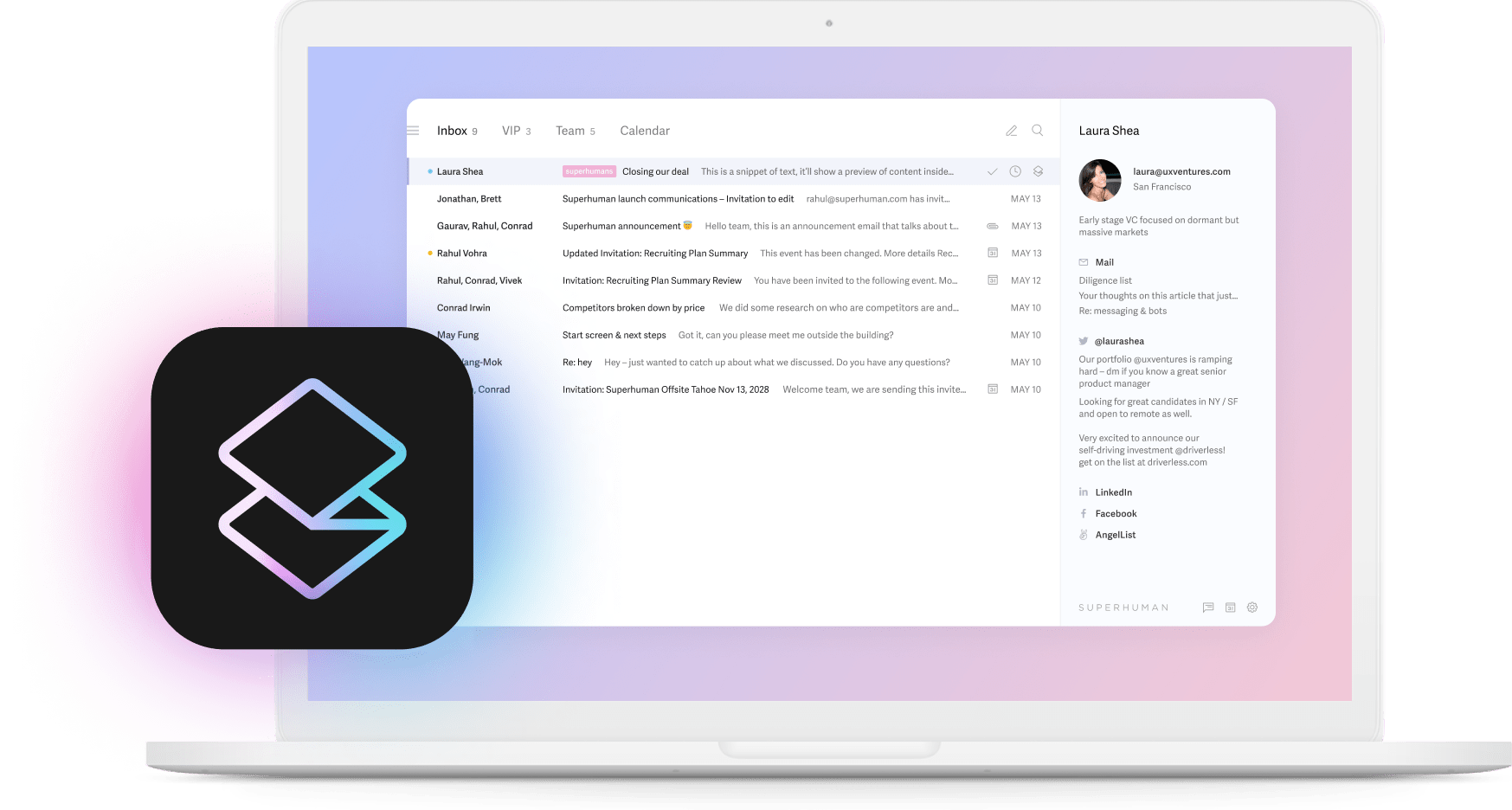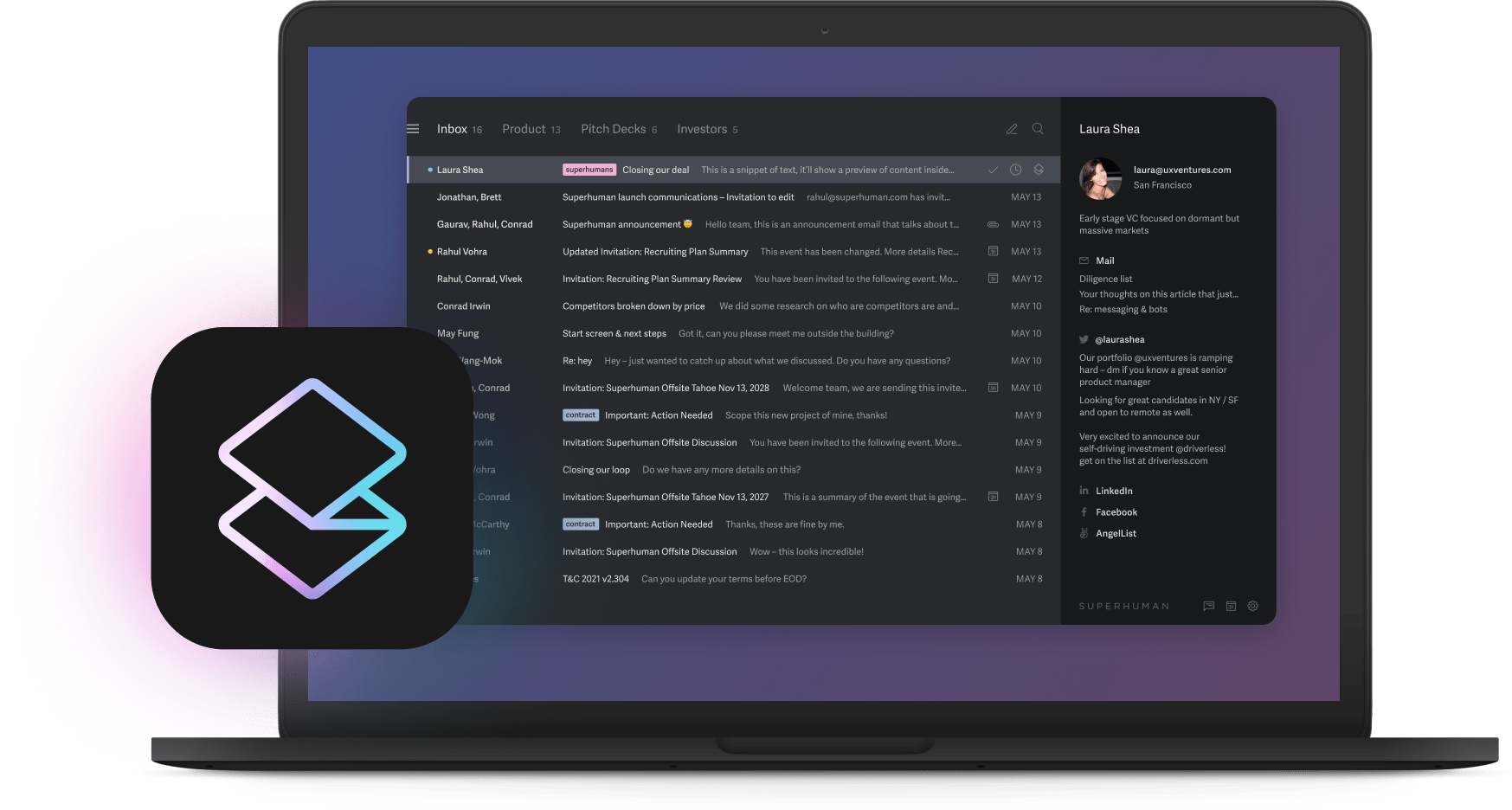
Most companies buy AI tools that don't work together. They end up with impressive demos followed by disappointing results.
AI agent frameworks fix this problem. They're what turns scattered AI capabilities into systems that actually get stuff done without you babysitting them.
The teams responding 12 hours faster aren't using magic. They've just figured out how to make their AI tools work together. That's what these frameworks do.
The real problems these frameworks solve
Think about the frustrating gaps in most AI setups:
You've got automation that handles the easy cases but breaks on exceptions.
You've got powerful AI models that generate impressive outputs but don't connect to your workflow.
And you've got different AI tools that don't talk to each other.
Frameworks solve these headaches. They provide the connecting pieces that make everything work together.
Many organizations spend months building basic AI infrastructure before starting their actual projects. With the right framework, they could begin delivering value within weeks.
How we got here
AI tools have evolved in three waves:
First came one-trick ponies — tools that did specific tasks like scanning invoices or filtering spam.
Then came systems that could learn from feedback. Better, but still confined to narrow domains.
Now we have frameworks that combine perception, thinking, and action into systems that handle complex work with minimal supervision.
The newest approaches use multiple AI agents working together, like a team rather than a single generalist. Most companies haven't caught up to this yet.
The building blocks that matter
Instead of diving into technical jargon, here's what these frameworks actually let you do:
They help AI understand stuff. Good frameworks process text, images, data feeds - and make sense of them without you coding everything from scratch.
They let AI think. The best ones connect to language models so your system can handle nuanced situations, not just follow rigid rules.
They remember what matters. They store information between conversations so you don't start from zero every time.
They connect the dots. When you have multiple AI components, frameworks keep them working together smoothly.
They hook into your tools. They connect to your existing software without requiring custom integration for every tool.
They keep things safe. As AI gets more independent, guardrails become essential. Frameworks build in oversight to prevent costly mistakes.
Which frameworks work for what?
Here's where different frameworks shine:
For customer service and knowledge work
LangChain works best when you need AI that can handle complex conversations and multi-step thinking. It's like hiring an assistant who can talk to customers and do research.
Finance teams use it to analyze client emails, spot important questions, and draft responses. Customer service departments handle higher volumes without adding staff.
RASA focuses purely on conversations. It's open-source, which matters if you care about controlling your data. Healthcare companies use it because they can keep patient information on their servers.
If you use Microsoft tools
AutoGen stands out for automating workflows without requiring coding skills. Marketing teams use it to connect market analysis, content creation, and performance tracking into one smooth process.
Semantic Kernel takes a different approach. It treats AI features as building blocks you can mix across applications. This cuts development time if you're working with Microsoft tools.
When you need a team of AI specialists
CrewAI works when you need multiple AIs working together like a team. Consulting firms use it to create systems where different AI agents handle analysis, insights, and presentations — working together like a well-oiled team.
LangGraph excels at complex processes that don't follow a straight line. Support teams use it to build systems that adapt to conversation turns without getting confused.
Other options worth knowing
A few others solve specific problems well:
Atomic Agents gives you maximum customization if you need something highly tailored.
Hugging Face provides the largest library of ready-to-use AI models.
OpenAI Swarm handles massive scale when processing large volumes.
The impact is real. Desk workers using AI report 90% higher productivity. The most productive teams are twice as likely to use these tools effectively.
Making them work for humans
The technical stuff matters less than the human side:
Don't hide, don't overwhelm. People need to know when they're working with AI, but don't need to see the machinery. Good systems make it clear without being distracting.
Help, don't replace. The best systems handle routine parts while leaving room for human judgment.
Get better quietly. Effective AI improves by watching how people work, without asking for constant feedback.
Find the right freedom zone. Too little autonomy means constant interruptions. Too much creates anxiety. The sweet spot depends on risk — give more freedom on routine tasks, keep humans involved for high-stakes decisions.
This connects to broader productivity principles. When you focus on one task instead of multitasking, you get more done with fewer errors.
How to actually compare frameworks
Most comparison charts are useless. They list features without telling you what matters. Here's what to really look at:
Learning curve. How fast can a regular developer get productive? LangChain and AutoGen have gentler learning curves. LangGraph and Semantic Kernel take longer to master.
Integration pain. Some frameworks connect to everything but require custom code for each connection. Others have fewer integrations but they work instantly. RASA requires more custom work. AutoGen connects more smoothly to common tools.
Customization options. Can you change how it works when needed? LangChain and CrewAI offer extensive customization. Frameworks from big companies tend to be more rigid.
Enterprise readiness. Will your security team approve it? Microsoft's offerings win here with built-in compliance features. Open source options often need more security work.
Community strength. This matters more than you think. LangChain has the largest community, meaning more examples and help when you're stuck. Niche frameworks often leave you solving problems alone.
Don't trust feature comparison charts. Build a small prototype with each framework you're considering. You'll learn more in two days of building than from weeks of reading documentation.
Choosing without drowning in options
Don't start with features. Start with problems.
What specific pain points are you trying to solve? A customer service bottleneck? Knowledge workers drowning in emails? Sales teams missing follow-ups?
Different frameworks excel at different challenges. Match the tool to your actual problem, not to what sounds impressive in a pitch.
Look at your existing tech. Frameworks that align with tools you already use will save massive integration headaches.
Community matters more than features. A slightly less advanced framework with great documentation will get you results faster than a cutting-edge option nobody knows how to use.
Think about where you're going, not just where you are. Some frameworks get simple applications running quickly but become limiting. Others require more initial work but scale better.
The practical stuff often matters most. How long until you see results? Do you have the right expertise? How complex is deployment?
For large companies, don't forget the boring but essential parts: monitoring, compliance, security, and governance.
Projects to start with
Don't begin with anything mission-critical. Start small, learn, then expand.
Email classification and routing. Have AI sort incoming messages by type and urgency. It's contained, delivers immediate value, and doesn't break anything if it makes mistakes. Works well with LangChain or RASA.
Meeting summaries. Create automatic notes from recorded calls or meetings. People immediately see the value, and it's low-risk since humans review the output anyway. AutoGen excels here.
Knowledge base assistant. Connect an agent to your internal documentation to answer employee questions. It's useful immediately and teaches you about retrieval and context handling. LangChain or Semantic Kernel work well for this.
Process checklist automation. Create an agent that guides employees through defined processes, gathers necessary information, and ensures completion. CrewAI or LangGraph shine for these multi-step processes.
Data extraction from unstructured documents. Pull specific information from emails, PDFs, or reports. It's bounded in scope but delivers measurable time savings. LangChain has strong patterns for this.
The best starter projects share three qualities: they're self-contained, deliver obvious value, and don't cause problems if they occasionally fail. Save the company-wide transformations for later, after you've learned how these tools actually work in your environment.
Getting started fast
Here's how to get up and running with each major framework in under a day:
LangChain:
- Start with their QuickStart notebook, not the full docs. It covers 80% of what you need.
- Use their pre-built chains first instead of trying to create custom components.
- Their Discord server solves problems faster than Stack Overflow.
RASA:
- Begin with their interactive learning mode to train a simple bot.
- Use their pre-trained pipeline initially — custom NLU training can come later.
- Stick with their default deployment pattern until you're comfortable.
AutoGen:
- Start with their "assistant + user" pattern — it's the simplest multi-agent setup.
- Use their built-in tools before creating custom ones.
- Microsoft's sample gallery has working code for most common patterns.
Semantic Kernel:
- Begin with semantic functions rather than jumping into plugins.
- Use the C# path if your team knows it — the Python docs lag behind.
- Start with memory and skills before tackling more advanced features.
CrewAI:
- Define clear, narrow roles for each agent in your first crew.
- Use their task execution workflow before customizing the process.
- Their GitHub examples repo has better code than their documentation.
LangGraph:
- Start with their state machine examples, not the full graph capabilities.
- Build a linear workflow first before adding conditional branching.
- Use their visualization tools to debug your flow — they're surprisingly helpful.
The key pattern: start with their examples, use their defaults, and don't customize until you understand how things work. You can build something useful in hours, not weeks, if you resist the urge to customize too early.
What it all means
AI agent frameworks represent the shift from scattered AI tools to cohesive systems. They're the difference between having AI capabilities and having AI that gets work done.
The companies gaining an edge aren't using better individual AI models — they're just connecting them more effectively.
The field changes incredibly fast. New frameworks emerge monthly. But the approaches we've covered remain relevant even as specific tools evolve.
The biggest mistake companies make? Treating this as a purely technical decision. The successful organizations focus first on business problems, then find the framework that addresses those challenges.
The second biggest mistake? Waiting for the perfect option. The companies seeing results today started with what was available, learned through implementation, and adapted as technology evolved. They're not waiting for the future — they're building it.





